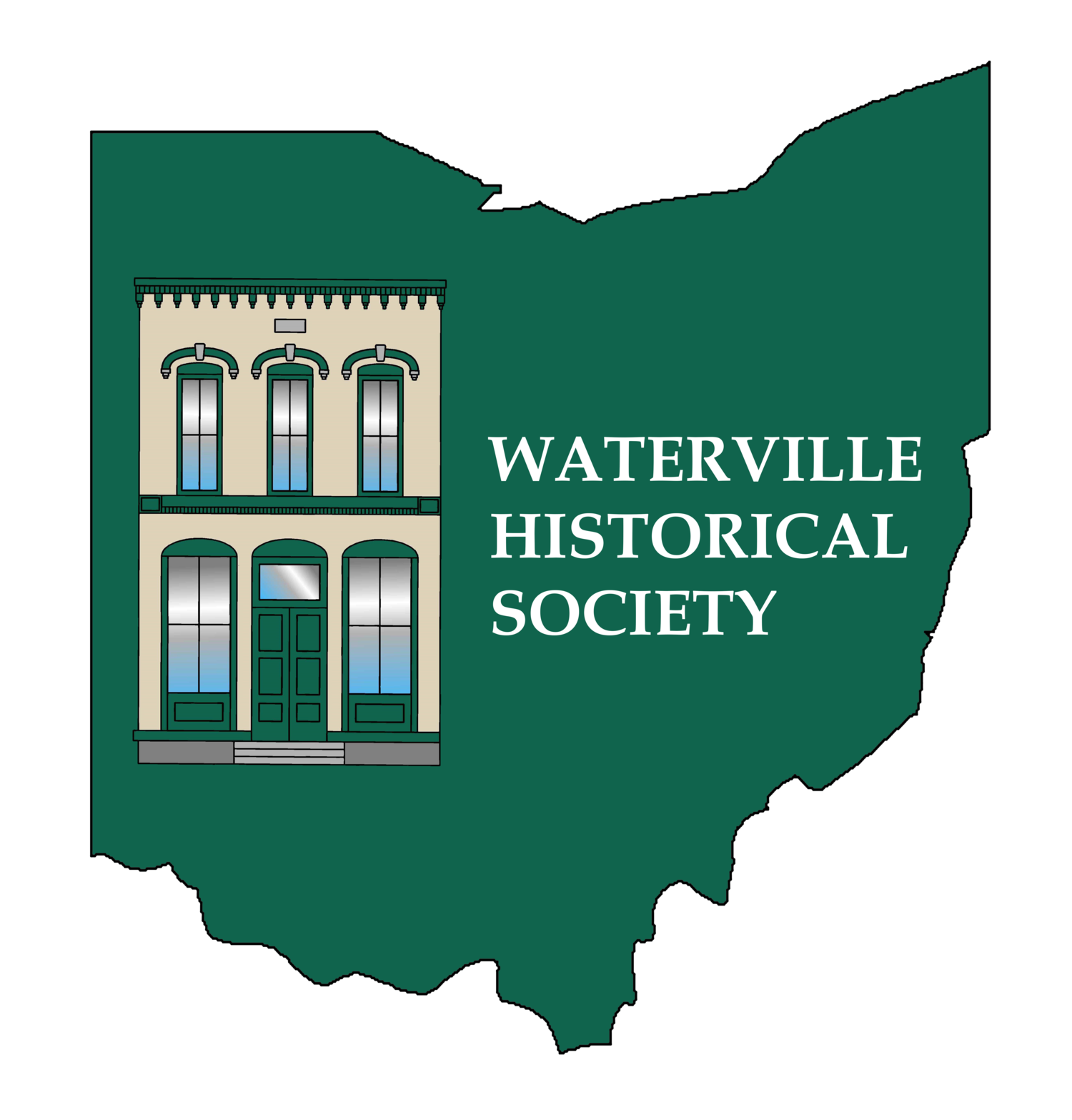The Peter Ullrich Harness Shop ------circa 1900
Peter Ullrich Harness Shop
This shop was used for the manufacture and sale of harnesses. We are indebted to Florence Wheelden donating this picture to us. We offer this sketch to learn a little about Peter and how he came to America. Peter Ullrich was born in 1839 in Germany. He came to America in 1864 and stayed briefly with his two sisters in Birmingham, PA to improve his English language and acquaint himself with life in America.
Peter joined in the American Civil War then raging in the Southeast. He enlisted with the 5th Penn Vol. Cavalry on April 4, 1865 when the war was nearly over. He was discharged May 21, 1865 and had sustained a foot injury during the 1 month and 14 days that he had served. We cannot be sure why Peter enlisted in our Civil War. Perhaps there was an enlistment bonus or perhaps it was a quicker path to citizenship. After the war he made his way to Waterville and established his harness shop on the corner of Third and Farnsworth Road where the Waterville State Saving Bank stood at one time. He had completed apprentice training in harness making in Germany. In the horse and wagon or buggy era the harness maker was as essential as the blacksmith. As soon as his business was established he sent to Germany for his betrothed Sophie Schneider, and they were married in 1865 in Waterville. The young couple settled in the home at River Road and South Street, now occupied by Dick Dean, and are said to have introduced Waterville to some of their German customs, such as a decorated Christmas tree. Peter and Sophie remained in Waterville the rest of their lives and are buried in Wakeman Cemetery. The couple had a family of five girls and one boy and some of their descendants still live in the area.
Note: After the harness shop there would be a two story early bank building on that corner which was later moved (about 1925) to Third Street by the I.O.O.F. for their building. This was followed by the brick building that stands on the site today. To learn more about the Ullrich families visit the Wakeman Archives and also read Waterville, Ohio Memorial Profiles.



